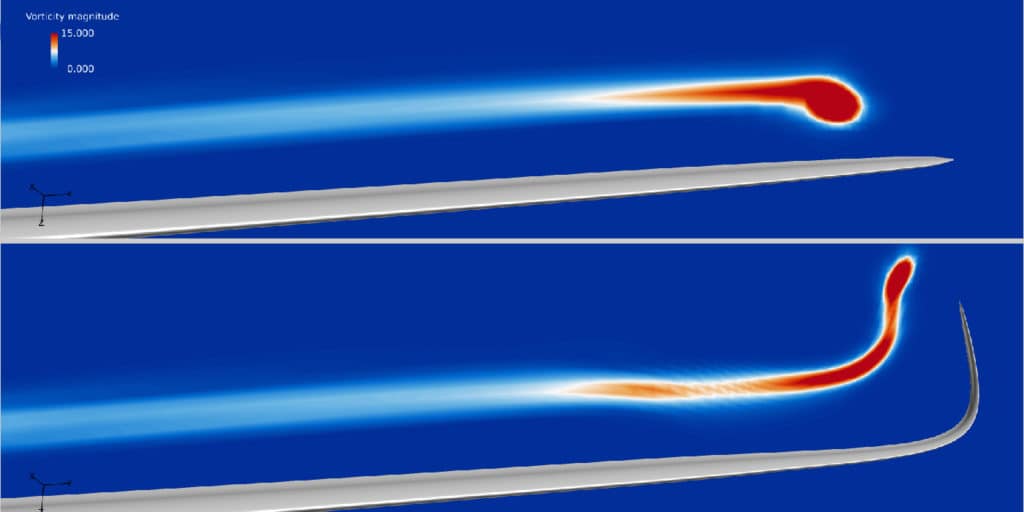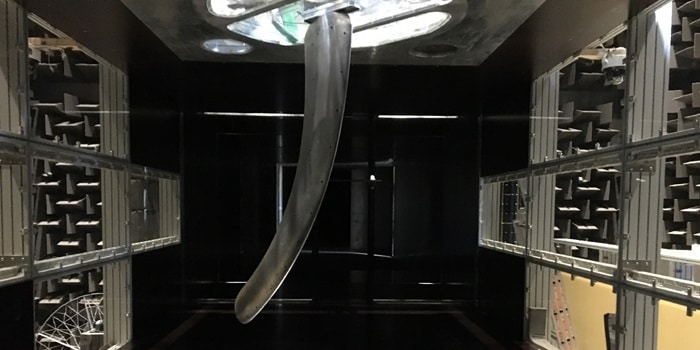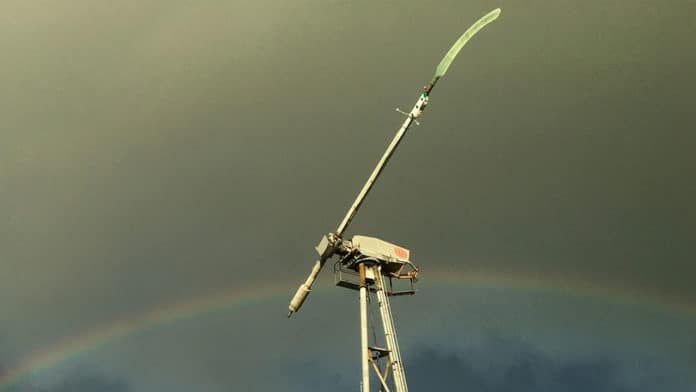A group of researchers from Stanford University recently announced that virtually all the world’s demand for electricity – to run transport and to heat and cool homes and offices, as well as to provide the power demanded by industry – could be met by renewable energy by mid-century. This goal is achievable, but it will require engineering innovation.
The Technical University of Denmark (DTU) has shown a new wind turbine blade concept that has the potential to significantly reduce the cost of wind energy per year, which would strengthen global efforts to switch to renewable energy. The innovative SmartTip concept could implicitly displace millions of tons of CO2 each year, explains the press release.

The SmartTip project was started in 2017 and was just finalized in 2020. It explored the design and testing of innovative blade tips for wind turbines that can increase the existing rotor size, producing significantly more energy per year while mitigating loads in a smart way.
Innovationsfonden invested approximately $1.2 million in the project, which was a collaboration between DTU Wind Energy and Siemens Gamesa Renewable Energy in Denmark.

In the project, novel blade tips were designed through multi-fidelity surrogate aeroelastic model-based optimization. These tests show a potential load neutral Annual Energy Production increase of 4-6%. Tip prototypes were manufactured and tested in the Large Scale Facility, in the Poul la Cour wind tunnel, and in atmospheric rotating rig tests at DTU.
The researchers say their findings will support novel blade design business cases with potential increased export revenue in Denmark.
Although very few details have been published about the design of this concept, DTU has released several images along with its press release. The DTU project is just one of many initiatives in which engineers are working to mitigate the climate crisis with new innovations designed to facilitate the transition to renewable energy sources.
